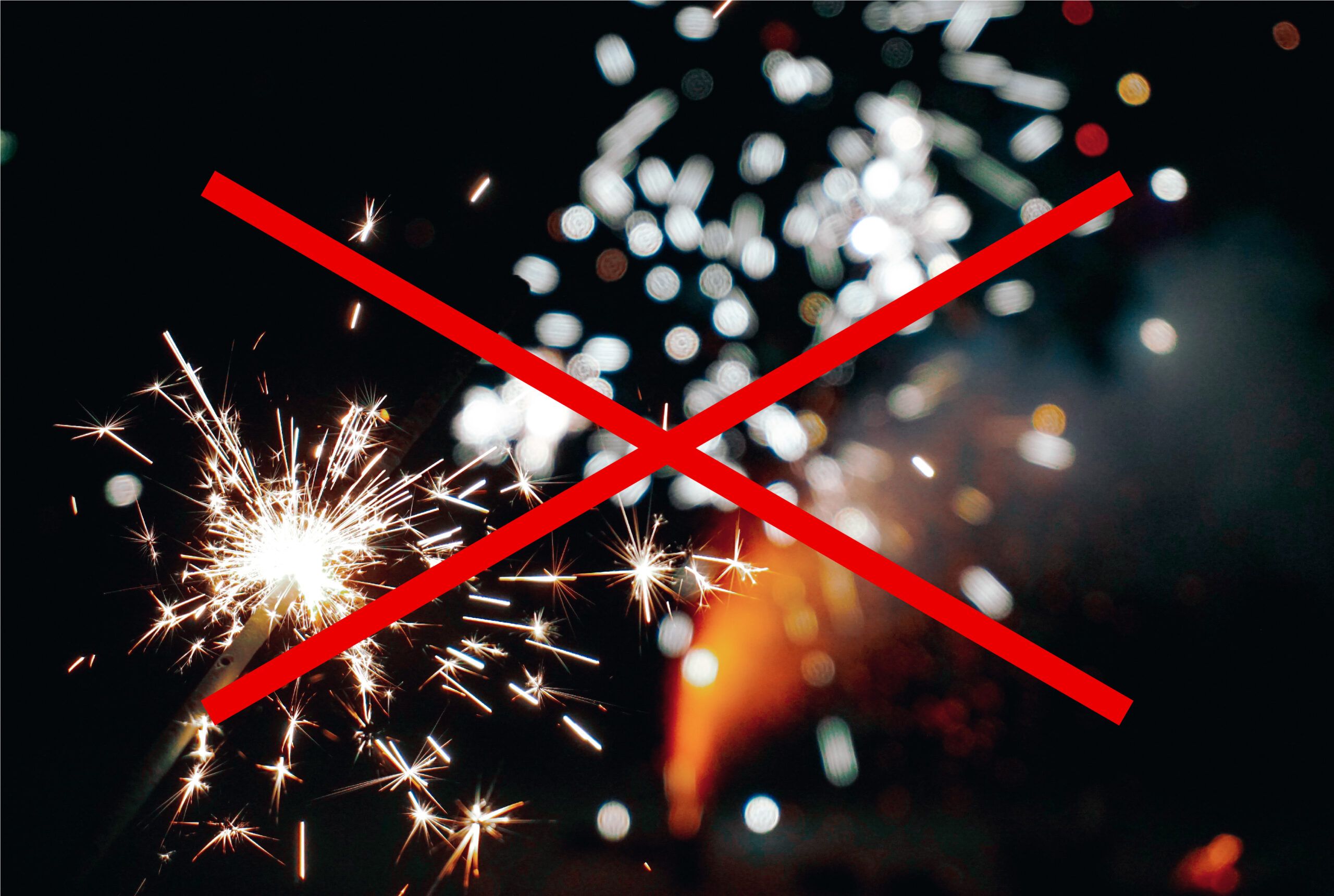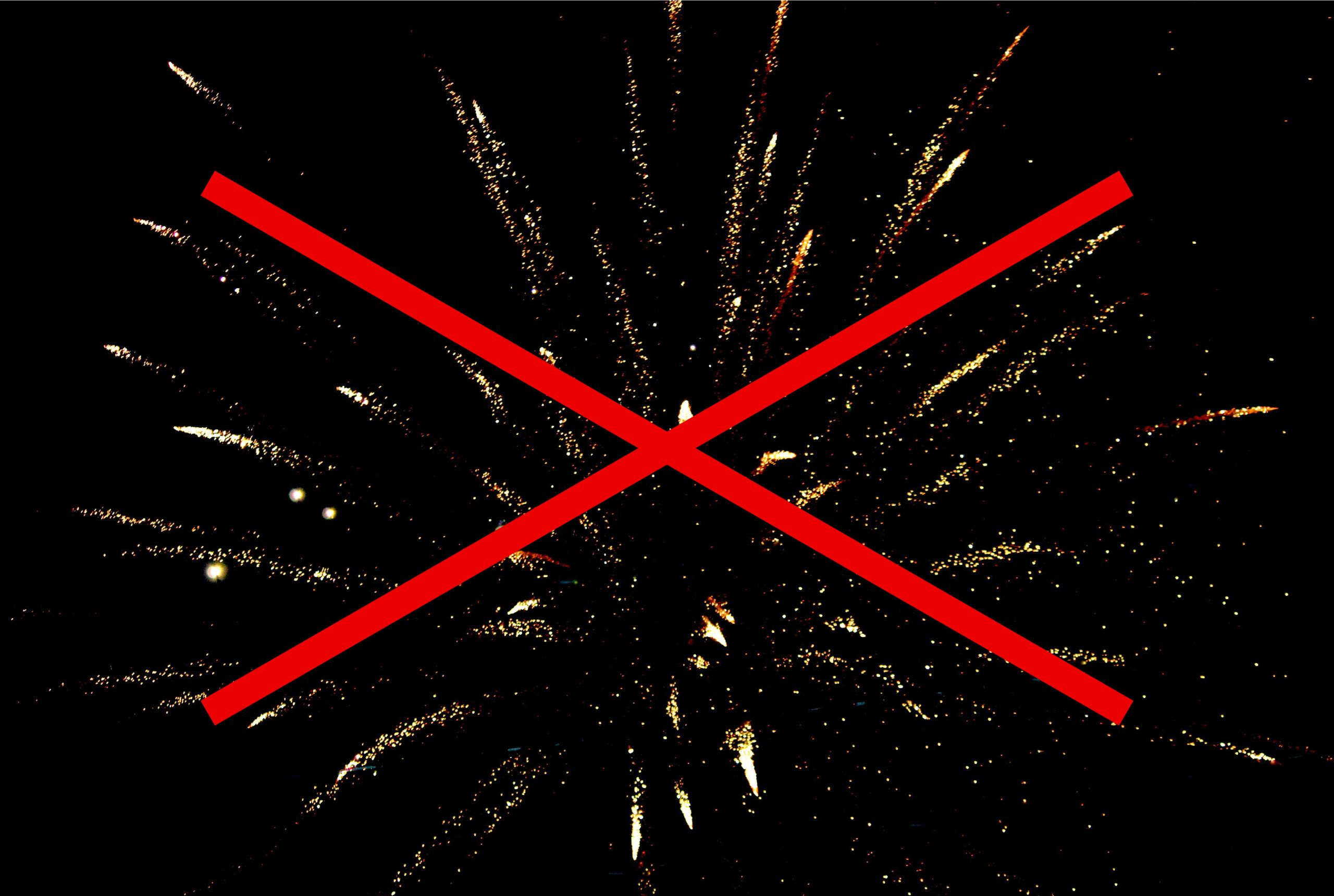Aankomende week debatteert de Tweede Kamer over de ongeregeldheden bij de jaarwisseling. De Federatie Medisch Specialisten steunt het vuurwerkmanifest en roept de politiek op tot een algeheel verbod op consumentenvuurwerk en een hardere aanpak van illegale handel. De jaarwisseling is een feestelijk moment voor velen, maar wat ooit begon als een traditie met bescheiden sier- en knalvuurwerk, is in Nederland uitgegroeid tot een zorgwekkende trend van steeds meer, zwaarder en gevaarlijker consumentenvuurwerk. Medisch specialisten – onder wie oogartsen, traumachirurgen, plastisch chirurgen, revalidatieartsen, kinderartsen en psychiaters – zien ieder jaar opnieuw ernstig, onnodig en vaak blijvend letsel, vooral bij jonge patiënten.
‘Ieder jaar raken mensen ernstig gewond door vuurwerk, niet alleen afstekers, maar ook omstanders, waaronder veel kinderen en jongeren’, zegt Federatievoorzitter Piet-Hein Buiting. ‘We willen dat de jaarwisseling een feest blijft, maar dit móet anders.’ Terwijl anderen feestvieren, behandelen zorgprofessionals rond Oud en Nieuw talloze slachtoffers.
Zorgwekkende cijfers
Tijdens de afgelopen jaarwisseling werden 1.162 slachtoffers behandeld voor vuurwerkletsel, waarvan ongeveer de helft minderjarig was. Uit onderzoek van de Nederlandse Vereniging voor Plastische Chirurgie blijkt dat ook de ernst van de verwondingen toeneemt. Zo is het aandeel ongelukken met de illegale Cobra verdrievoudigd, van 23% (2019-2020) naar 62% (2023-2024). 80% van deze ongelukken leidt tot amputaties.
Ook vallen er jaarlijks dodelijke slachtoffers. Veel anderen liepen ernstig oogletsel op, soms met blijvende blindheid tot gevolg. Ook aangezichtsletsel, botbreuken en ernstige brandwonden komen vaak voor. Naast lichamelijke schade mag ook de psychische impact niet worden onderschat: ongelukken kunnen leiden tot angststoornissen en posttraumatische stressklachten bij slachtoffers. Mensen met bestaande PTSS, bijvoorbeeld door oorlogstrauma’s, lijden eveneens sterk onder de felle lichtflitsen en luide knallen.
Ondanks pogingen om consumentenvuurwerk veiliger te maken en de handhaving te verbeteren, blijft het aantal slachtoffers onacceptabel hoog. De Federatie roept op tot een verbod op consumentenvuurwerk en een hardere aanpak van illegale handel. Dit voorkomt onnodig leed en vermindert de druk op zorgprofessionals, zodat de jaarwisseling voor iedereen veilig kan verlopen.
Bron: Federatie Medisch Specialisten
Datum: 27 januari 2025

